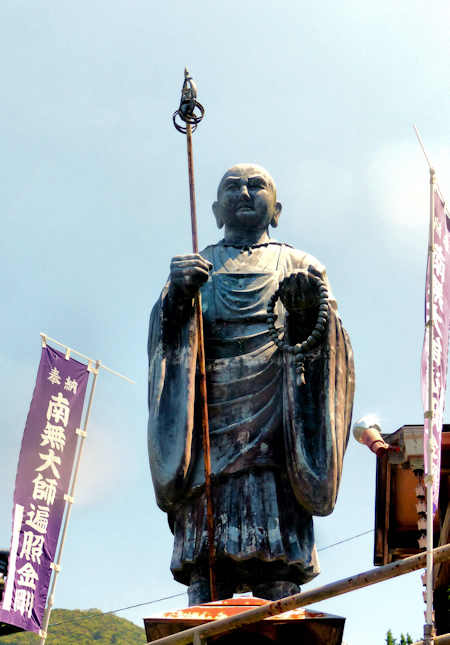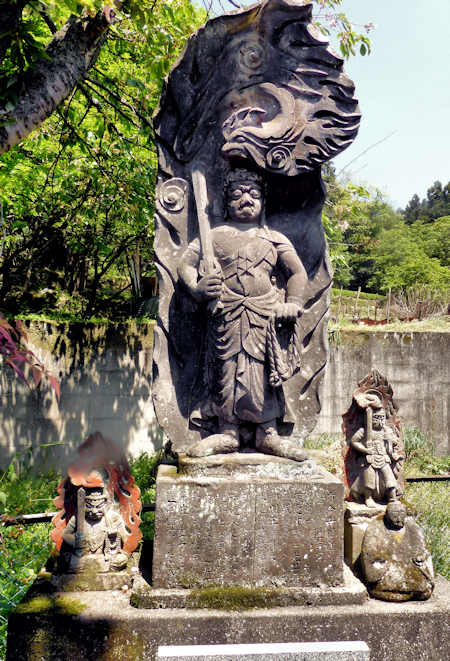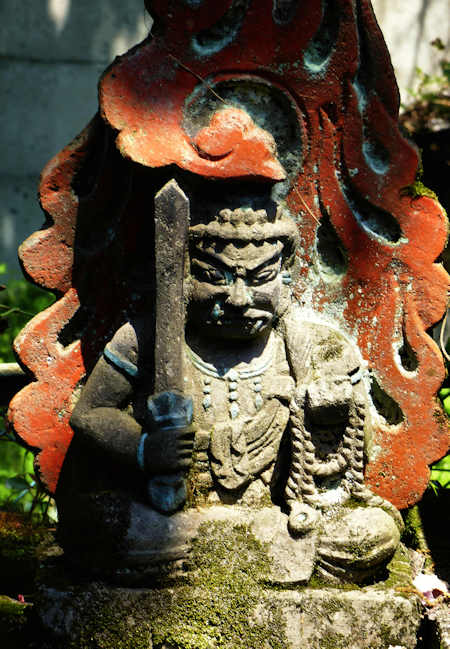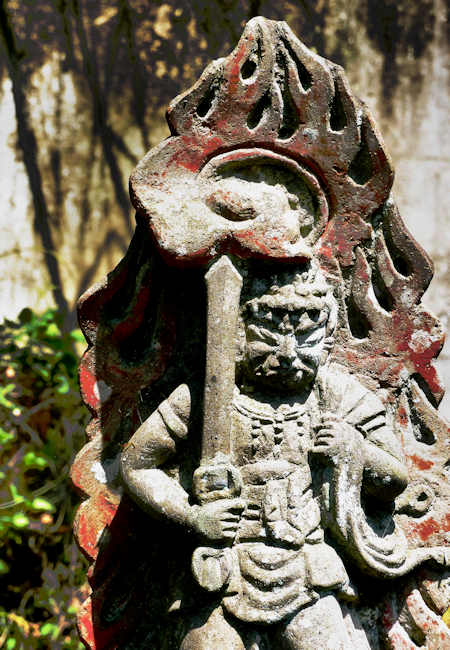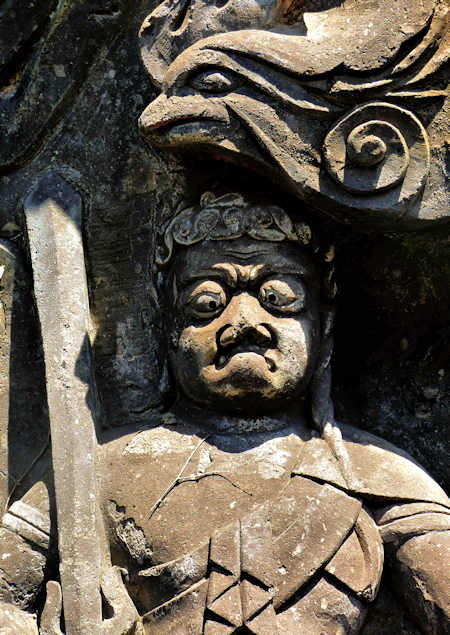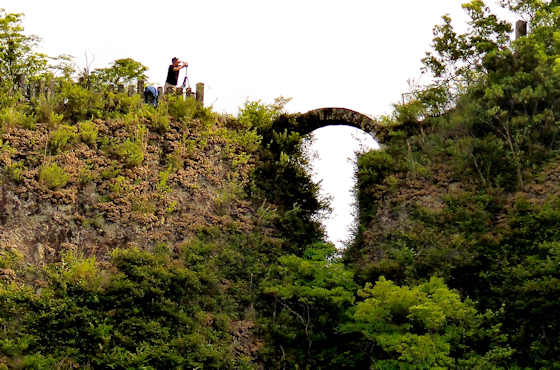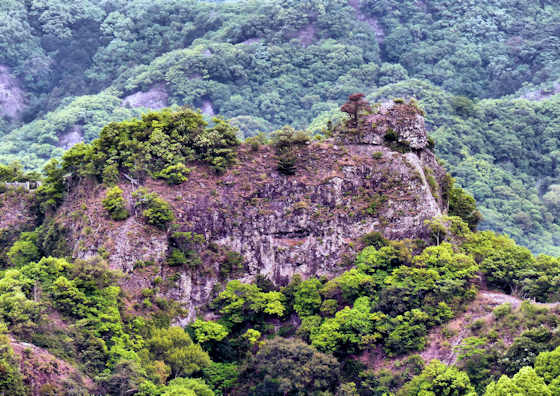Shunkoji Temple Kyushu
Shunko-ji is one of a group of three temples adjacent to each other and all known individually as Tsubakidera, or Camelia Temple. They are located in the Kunisaki area of Oita in Kyushu.
Shunkoji, on the left in the top picture, seems to be the original, and there seems to be some antagonism between it and the other two.
All three temples are built on the site that it is said Kobo Daishi visited after coming back from China and then visiting nearby Usa Jingu.
The temple was founded around 320 years ago by the 11th priest of nearby Tennenji Temple. The 10th priest had visited Shikoku and on his return had founded a local 88 temple pilgrimage, the Bungo Ohenro. Curiously the temple across the road is a member of that pilgrimage, and Shunkoji is not.
Shinkoji does have quite a large statue of Kobo Daishi on high ground within the temple grounds. Underneath the statue is a spring said to have been created by Kobo Daishi.
In my previous post, I showed a few of the Fudo statues in Shunkoji and the Kaiun Fudo shrine at the start of the entrance road.
Later I will do a much longer post on the other two temples.

